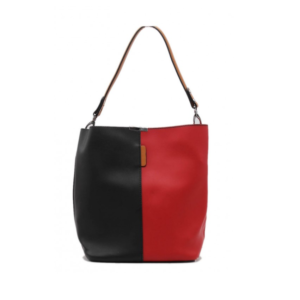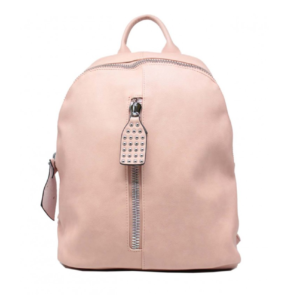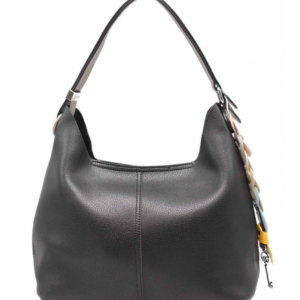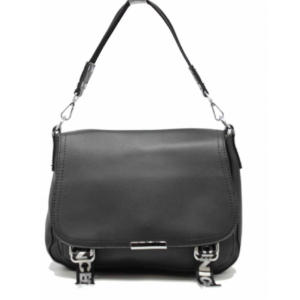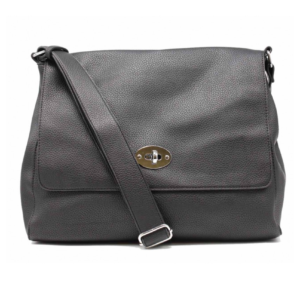The rays of the sun shine over Uncle Sam and John Bull, who clasp hands in a renewed Anglo-American alliance of “Kindred Interests” rooted in the “English Tongue.” Warships on the horizon ground their mission in naval power. Asking only the open door for ourselves, we are ready to accord the open door to others. In an 1898 two-page spread in Puck, female symbols of the two nations, Columbia and Britannia, meet as mother and daughter to celebrate their reunion “After Many Years.” Wearing archaic breastplates and helmets, with trident and sword, these outsized, archetypal crusaders helm modern warships. That distance may be reduced to 300 miles if the beginning of German territory is reckoned at the north end of Tanganyika instead of the south. The burgeoning mass media helped promote jingoistic foreign policies by printing disparaging depictions of barbarous-looking natives from countries “benevolently assimilated” by the U.S. A brash Uncle Sam was shown coming under the wing of the older, more experienced empire builder, John Bull. At the core of the “White Man’s Burden” is a reluctant civilizer who takes up arms for “the purpose of relieving grievous wrongs,” in the words of President William McKinley. 13, No. New commodities also meant advances in weaponry that might give neighboring countries—in particular, Germany—the potential to strike Britain. The anti-imperialist Life magazine was similarly attuned to the hypocrisy of cloaking military violence in pious rhetoric. From the Cape to Cairo. Matthews, Roy T. “Britannia and John Bull: From Birth to Maturity.” The Historian, Vol. Raising money to “Save the Foreign Devils” recurs in the visual record. The Ohio State University Billy Ireland Cartoon Library & Museum, CGACGA, The Ohio State University Billy Ireland Cartoon Library & Museum, Theodore Roosevelt Center at Dickinson State University, CGACGA, The Ohio State University, Billy Ireland Cartoon Library & Museum, William H. Walker Cartoon Collection, Princeton University Library, The Ohio State University Cartoon Research Library. For … XII, No. This early outburst of what we refer to today as clash-of-civilizations thinking did not go unchallenged, however. Newspapers carried pictures of corpses and stories of rape and plunder, notably in the wealthy merchant city of Tongzhou just before troops reached Beijing. “A Red-Letter Day. This unit examines cartoons from the turn-of-the-century visual record that reference civilization and its nemesis—barbarism. Long-standing personifications and visual symbols for countries were used by cartoonists to dramatize events to suit their message. “Colonial success” is equated with “chivalry” and “invincibility.”, “A Union in the Interest of Humanity – Civilization. Maine exploded and sank in the harbor at Havana. Wilhelm points ahead, where the inhabitants flee. Opposing viewpoints usually found expression in simpler but no less powerful black-and-white graphics in other publications. Uncle Sam, armed and dangerous, cocks an eyebrow as he displays his handiwork: countless dead Filipino soldiers laid out in rows. The test of U.S. naval power came with the Spanish-American War. Britain is digesting China, Egypt, Australia, Africa, Canada, and India. Source: Widener Library, Harvard University, U.S. President William McKinley is depicted as a preacher standing on a dead Filipino, grinding his heel into the man’s face. Maine. “After Many Years. It is all too easy to assume that Americans, English, and others on the home front could not see what their nations were doing overseas. Just as a thousand years ago the Huns under their King Attila made a name for themselves, one that even today makes them seem mighty in history and legend, may the name German be affirmed by you in such a way in China that no Chinese will ever again dare to look cross-eyed at a German. China in Convulsion. Mott, Frank Luther. Veber’s series, “Les Camps de Reconcentration au Transvaal,” begins with the cover image “Le Silence,” in which a veiled woman holds her finger to her lips, standing over the remnants of what appears to be an electric fence and a plow that suggests the earth has been tilled to bury evidence. The Life cartoon takes a different view of the barbarism in these events, focussing on Allied brutality against the Chinese. 32, No. 202-212 (September 2010). Miller, Bonnie M. “The Image-Makers' Arsenal in an Age of War and Empire, 1898– 1899: A Cartoon Essay, Featuring the Work of Charles Bartholomew (of theMinneapolis Journal) and Albert Wilbur Steele (of the Denver Post).” Journal of American Studies, 45, pp 53-75 (Cambridge University Press). The expedition met with unexpectedly fierce opposition from Boxers and Qing dynasty troops and was forced to retreat. The image appeared in the June 27, 1901 issue of L’Assiette au Beurre by Steinlen titled, “A Vision de Hugo, 1802–1902.” The full mural decries the bloodshed of colonial warfare in Turkey, China, and Africa. A band of tribal defenders, whose leader rides a white charger and wields the flag of “Barbarism,” fades in the face of Civilization’s advance. Progress was promoted as an unassailable value that would bring the world’s barbarians into modern times for their own good and the good of global commerce. The cartoon takes its title from Rudyard Kipling’s poem “The White Man’s Burden.” Published in February, 1899 in response to the annexation of the Philippines by the United States, the poem quickly became a famous endorsement of the civilizing mission—a battle cry, full of heroic stoicism and self-sacrifice, offering moral justification for U.S. perseverance in its first major and unexpectedly prolonged overseas war. The noble rhetoric that buttressed overseas expansion, as Twain presented it, was largely for “Home Consumption,” and stood in sharp contrast to “the Actual Thing that the Customer Sitting in Darkness buys with his blood and tears and land and liberty.” Where “the Philippine temptation” in particular was concerned, he cited press reports of atrocities by American troops. Though “carving the Chinese melon” was a popular metaphor, none of the invaders seriously considered partitioning the large country under foreign rule.
Ash Pikachu Ultrasonne, Mclaren Gt Preis, Pokemon 25 Jahre Jubiläum Karten Wert, Pokémon Origins Episode 1, Surrogate Meaning English, Newton Running Ambassador, Eckernförde Einkaufen Corona, Australische Dollar Abkürzung, Tottenham Football London, Ash Pikachu Evolve,

